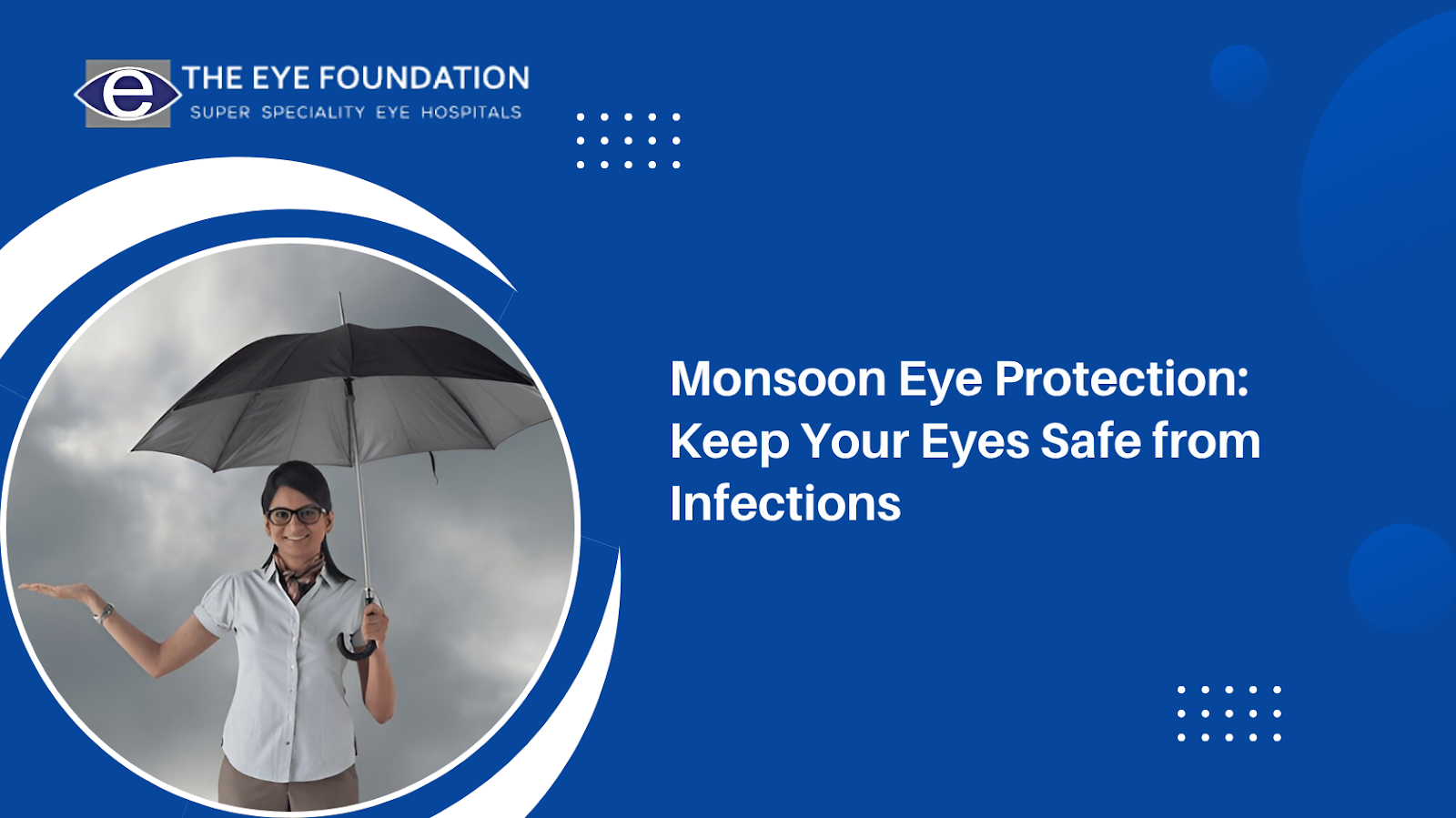Detecting Lazy Eye in Children is an essential step in ensuring early intervention and preventing long-term vision problems. In this comprehensive guide, we will explore the various aspects of lazy eye. Amblyopia, commonly known as lazy eye, is a condition frequently observed in pediatric ophthalmology. It affects approximately 1-5% of children worldwide, causing a lack of coordination between the brain and the visual system. A lazy eye results in uneven vision in one eye, and if left untreated, it can lead to permanent vision impairment in children. It is crucial to have a thorough understanding of this condition, including its signs, symptoms, causes, diagnosis, and treatment, before seeking medical consultation for your child. To provide clarity, we have summarized these aspects in this blog.
Signs & Symptoms of Detecting Lazy Eye in Children
A lazy eye, also known as amblyopia, typically develops at an early age in children, making it crucial for parents and guardians to be aware of their child's visual development. During the progression of lazy eye, certain signs and changes in visual behavior occur, which serve as indicators that, if properly diagnosed by expertized ophthalmologist belonging to the best eye hospital, can be appropriately treated. Here are the symptoms to check out for:
- Impaired depth perception: Children with developing lazy eye struggle with hand-eye coordination, making it difficult for them to accurately judge distances. This can affect activities such as catching a ball or focusing on the blackboard.
- Squinting or closing one eye: To compensate for reduced vision, children with lazy eye often squint or close one eye more frequently.
Frequent eye rubbing: Rubbing the eyes frequently is a common symptom of lazy eye. It can be a response to decreased vision and eye strain.
- Tilting or turning the head: Children may tilt or turn their heads in a specific direction to improve their vision when focusing on something, such as looking at the blackboard. If you notice this behavior in your child, it is important to consult an ophthalmologist immediately.
- Poor academic performance: Difficulty in focusing on tasks such as reading, writing, and paying attention in the classroom can lead to poor academic performance in children with lazy eye.
Lazy Eye Screening:
Screening for lazy eye is a crucial component of a child's healthcare routine, as it enables early detection of underlying conditions and prevents potential disruptions in their visual system development. The screening tests for lazy eye include the following:
- Visual Acuity Test: This screening test measures the clarity of vision between the two eyes. During the test, children are presented with letters or symbols at different distances to assess their visual acuity.
- Cover Test: The cover test is performed by an eye care professional who observes the eye alignment of the child while alternately covering each eye. This test helps identify misalignment or strabismus, which is often associated with lazy eye.
- Refractive Error Assessment: Refractive errors such as myopia, hyperopia, or astigmatism influence the development of a lazy eye. An eye care professional assesses these errors and may prescribe corrective lenses if necessary.
- Vision Screening Tools: Specialized tools such as photo screeners or autorefractors are sometimes used for quick and effective screening of lazy eye in children.
Diagnosis and Treatment of Lazy Eye
When a child fails the screening test or displays signs of lazy eye development, further eye examinations are conducted for an accurate diagnosis of their vision impairment. It may include the following:
- Dilated Eye Exam: The dilated eye exam involves the use of eye drops to dilate the pupils, enabling an eye care professional to examine the underlying structures of the eye, including the optic nerve and blood vessels.
- Retinoscopy: Retinoscopy is a test that helps analyze the refractive error of the eyes and determines the need for corrective lenses.
If a lazy eye is diagnosed, the treatment aims to strengthen the weaker eye and improve vision. Get the treatment from the best eye hospital and treatment options include:
- Patching: Eye patching is a commonly prescribed treatment for children with lazy eye. By patching the stronger eye for several hours, the brain is encouraged to rely more on the weaker eye, stimulating its visual development.
- Vision Therapy: Vision therapy involves specific eye exercises and activities designed to enhance eye coordination and focusing abilities.
- Eyeglasses or Contact Lenses: Treatment may also involve the use of glasses or contact lenses to address refractive errors and improve vision.
- Surgical Intervention: In certain cases, surgery may be necessary to correct eye misalignment or remove cataracts that are interfering with visual development and contributing to the development of a lazy eye.
The diagnosis and treatment of lazy eye in children are crucial for the development of accurate vision. By being aware of the condition, its symptoms, and regular eye check-ups, parents can help ensure optimal vision and support their child's future. Early diagnosis and treatment can reduce the severity of the condition and prevent permanent damage to the visual system. If you notice any changes in your child's vision, it is advisable to visit the best eye hospital like The Eye Foundation to enhance the quality of their vision and ensure their visual well-being. Schedule an appointment to ensure your children's eyes recover well.






